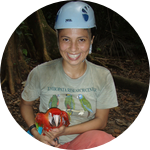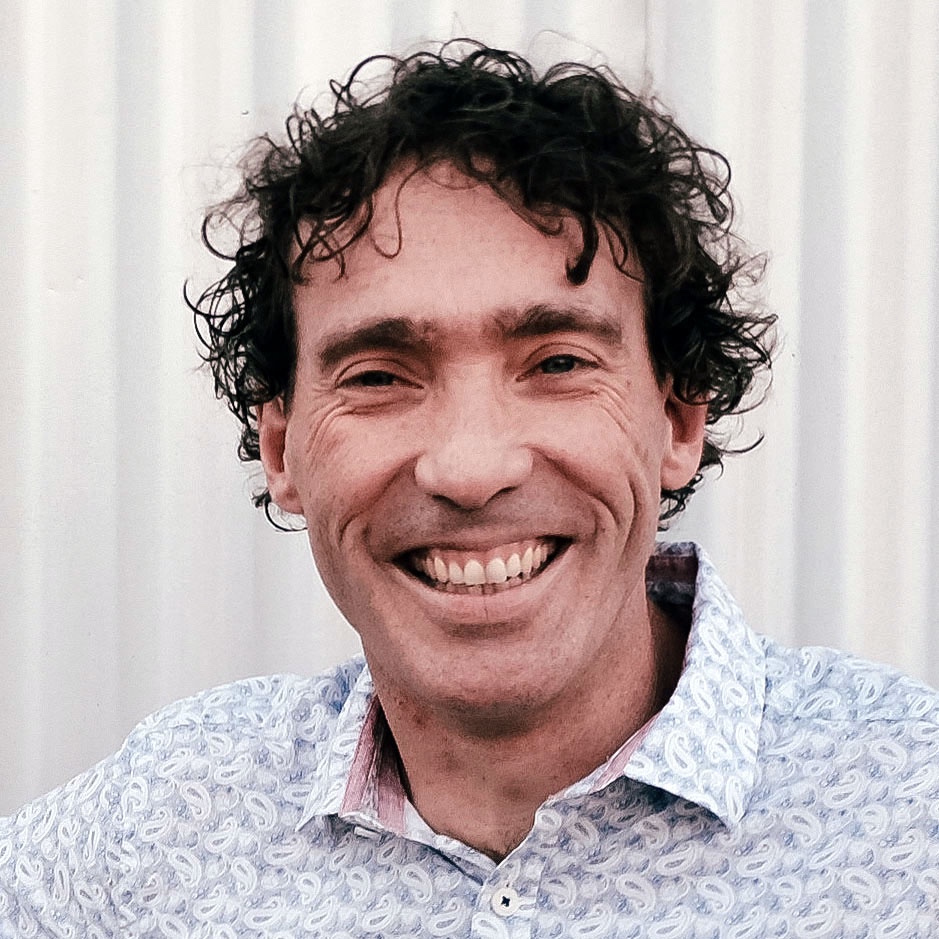Your scientific discovery awaits
Crowdfunding research projects brings scientists and the public closer together.
$12,527,589pledged
1,397funded projects
$3,440average project size
48.27%success rate
The Experiment Protocol
Here’s how it works.
- 1.Define your project and funding target.
- 2.Get endorsements from colleagues & peers.
- 3.Submit for review by the Experiment team.
- 4.Tell the world about your project.
- 5.Once you hit the goal, you'll receive the funds.
- 6.Share the journey with your supporters.
Curiosity is contagious
Every project has a story to tell and an audience that will want to hear it.

Featured Case Study
Internet comes together to sequence the DNA of internet cat
Three scientists joined forces with internet celebrity cat Lil Bub to study how genetic mutations can help solve challenges in human health.
We put together an anatomical breakdown of this successful campaign. Learn more about how 365 people came together.
Read the case studyYour research funds
Crowdfunding on Experiment is an all-or-nothing model, which means you have to reach your funding target. If you don’t, then your backers are not charged and there is no cost. Experiment only collects fees from a project if it is successfully funded.
Experiment accepts projects in the US, UK, Canada, and Australia. See our researcher guide to learn more.
Creators never give up any ownership of their work to Experiment or backers. You keep 100% ownership and control over your work.
8%
platform fees
+
2.9% + 30¢
payment processing fees
Read our guide to learn about how we doProject Payouts
Experiment takes care of:
- Handling backer questions
- Protecting you from chargebacks
- Pursuing failed payments
- Payouts to your institution
Frequently Asked Questions
Anyone with a credit card can become a supporter of science research. There are 40,000 individual backers using Experiment to fund experiments. Most projects are funded by a mix of personal supporters and Experiment's backer community.
Successful experiments have been started by scientists ranging from high school students to university professors. You don't have to be at an established institution to do research, and we encourage independent science. All you need is curiosity, a hypothesis, and a willingness to experiment.
Experiment supports hypothesis-driven and exploratory scientific research projects. Projects are reviewed for clarity, scientific accuracy, and feasibility.
One of our staff members reviews each submitted project. Projects that pass the content review are approved to launch publicly.
Projects are reviewed on a rolling basis, as they are submitted.
Experiment works because project creators give scientific results back to the funders. Researchers are share pictures, updates, datasets, pre-prints, protocols, and papers.
Experiment is 'all-or-nothing', which means you only receive the pledge funds if you reach the funding target. If you don't reach the goal, then backers don't get charged and no money changes hands.
There have been many successful experiments that lead to publications in academic journals. Most publishers will have a policy on pre-released data or abstract sharing. A good first step would be to ask your publisher.
Crowdfunding is not like writing a research grant proposal. Instead, it's more about actively tapping into and building your own network of supporters. Most campaigns run for 30-60 days, so you should expect to devote that amount of time towards the campaign effort. Researcher who do so usually end up more successful, and it's more fun that way. Setting up a project is easy and typically takes 1 week.
There is no requirement for when you should post a result, only that you do share your research findings and outcomes with your backers in an engaging way. This can be data in any usual format, or it could be a Google hangout with the scientists. Every project is different, and that's what makes science engaging.
Videos are not required, but we highly recommend making them. Projects with videos are twice as likely to be successful than projects without videos, because they are great ways to introduce people to your story.
If you're at an institution, we'll work with your organization to process the funds. We typically process funds as a gift directly to a research organization, with no indirect costs applied. See our Researcher Guide for more info on how we do project payouts.
At this time, Experiment can only support researchers based in the United States. We hope to offer expanded international support soon.
Experiment was startedway back in 2012, by two bacteria biologists who were inspired by socialmicrofinance. It all started as an experiment to see if the internet would be interested in directly funding science research. Turns out, our hypothesis was right and we've helped to fund a lot of research since then. You can learn a little bit more by reading aboutour mission.
Check out our in-depth guide for more information.
Researcher GuideWhat scientists are saying
"I had a really great experience with my own campaign with all the support from experiment staff and the guidance on the platform itself."
Used by scientists around the world


 Bowen
Bowen Gabriela
Gabriela Tom
Tom Jens
Jens